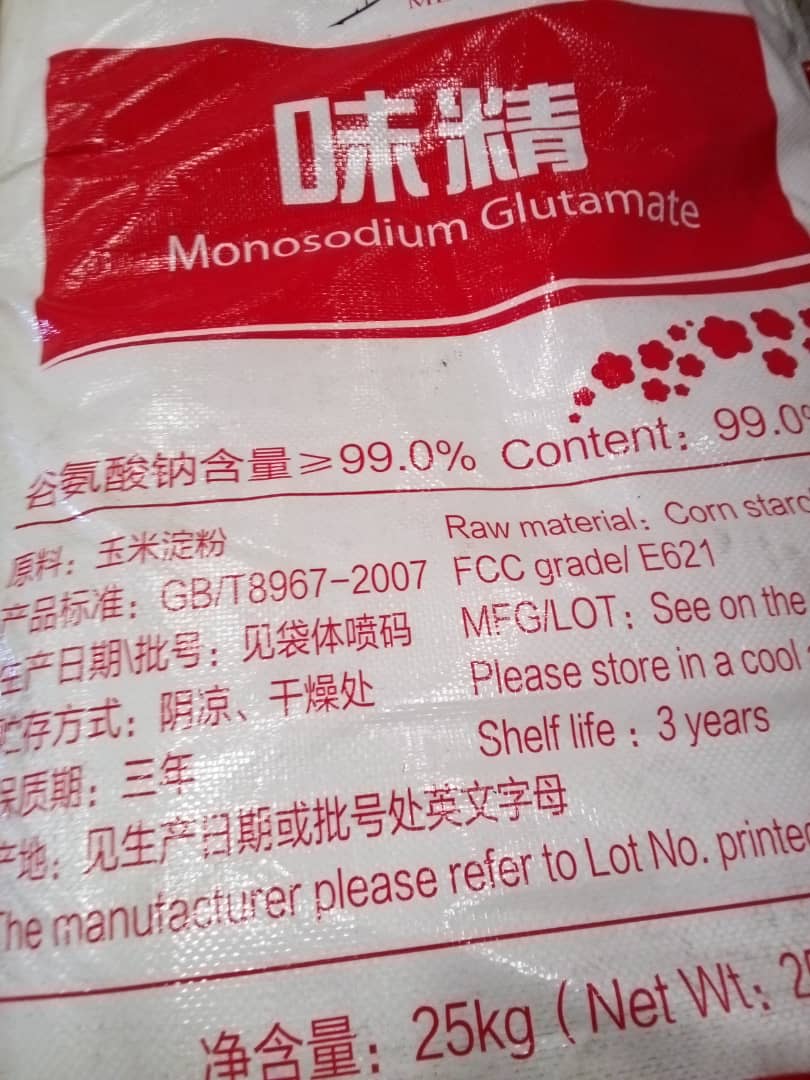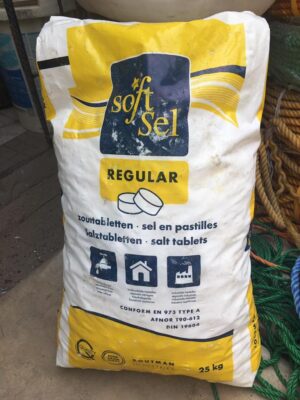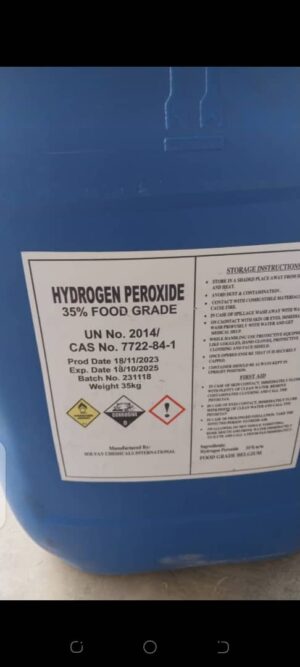Monosodium Glutamate MSG
Monosodium glutamate (MSG) is a flavor-enhancing food additive that is commonly used in cooking, particularly in Asian cuisine and processed foods. Here is a comprehensive overview of MSG:
1. **Chemical Composition**: MSG is the sodium salt of glutamic acid, an amino acid that is naturally present in many foods. Glutamic acid is one of the most abundant amino acids in nature and is responsible for the umami flavor, which is described as a savory or meaty taste.
2. **Umami Taste**: MSG is known for its ability to enhance the umami taste in foods. Umami is considered the fifth basic taste, alongside sweet, salty, sour, and bitter. MSG works by stimulating glutamate receptors on the taste buds, enhancing the perception of savory flavors.
3. **History**: MSG was first isolated and identified in 1908 by a Japanese chemist named Kikunae Ikeda. He discovered that glutamate was responsible for the savory taste found in foods like seaweed broth. This led to the development and commercialization of MSG as a flavor enhancer.
4. **Production**: MSG is typically produced through fermentation processes using starches or sugars as substrates. Bacteria or yeasts are used to ferment these substrates and produce glutamic acid, which is then converted to MSG through a sodium salt-forming reaction.
5. **Uses in Cooking**:
– **Flavor Enhancer**: MSG is added to dishes to enhance and round out flavors, particularly savory ones. It is commonly used in soups, stews, stir-fries, sauces, marinades, and seasonings.
– **Balancing Flavors**: MSG can help balance the taste of sweet, salty, sour, and bitter flavors in a dish, providing a more well-rounded and flavorful experience.
6. **Safety**:
– **Regulatory Approval**: Regulatory agencies such as the FDA in the United States, EFSA in Europe, and other organizations have deemed MSG safe for consumption. It is classified as a GRAS (Generally Recognized as Safe) ingredient.
– **Potential Sensitivities**: Some individuals may report symptoms such as headaches, flushing, or sweating after consuming foods containing MSG. This collection of symptoms is sometimes referred to as “Chinese restaurant syndrome,” although scientific evidence linking MSG to these symptoms is limited.
7. **Labeling**:
– **Food Labels**: In many countries, food manufacturers are required to label MSG on product packaging if it has been added as an ingredient. However, MSG may also be present in foods under other names, such as hydrolyzed protein, yeast extract, or natural flavors.
8. **Home Use**:
– MSG is also available for home use as a seasoning. Many home cooks use MSG to enhance the flavor of their dishes, much like salt or other seasonings.
9. **Industrial Applications**:
– In addition to home cooking, MSG is widely used in the food industry to enhance the flavor of processed foods like soups, sauces, snacks, and ready-to-eat meals.
In summary, MSG is a widely used flavor enhancer that adds umami taste to dishes. While it has been deemed safe for most people, individuals with sensitivities should be mindful of its presence in foods. As with any food additive, moderation in consumption is recommended.
Original price was: ₦50,000.00.₦45,000.00Current price is: ₦45,000.00.
Description
Monosodium glutamate (MSG) is a flavor enhancer commonly used in cooking to add umami flavor to dishes. However, MSG also has several industrial applications beyond its role in food preparation. Some of the industrial applications of monosodium glutamate include:
1. **Pharmaceutical Industry**: MSG is used in the pharmaceutical industry as a flavor enhancer in medications to mask the bitterness of certain drugs and improve patient compliance with taking medication.
2. **Biotechnology**: MSG is used as a nutrient source in the growth media for the cultivation of various microorganisms, including bacteria and fungi, in biotechnological processes such as fermentation for the production of enzymes, antibiotics, and other bioproducts.
3. **Cosmetics**: MSG can be found in some cosmetic products, particularly in skincare and hair care products, where it is used as a skin conditioning agent or to enhance the sensory properties of the product.
4. **Animal Feed**: MSG is sometimes included in animal feed formulations to improve the palatability of the feed and encourage animals to consume it.
5. **Laboratory Research**: MSG is used in laboratory research as a component of certain growth media or buffers for cell culture and molecular biology experiments.
6. **Textile Industry**: MSG can be used in the textile industry as a dye auxiliary to improve the color fastness of dyes on fabrics.
It’s important to note that while MSG has these industrial applications, its primary use and association are still in the food industry as a flavor enhancer.












Reviews
There are no reviews yet.